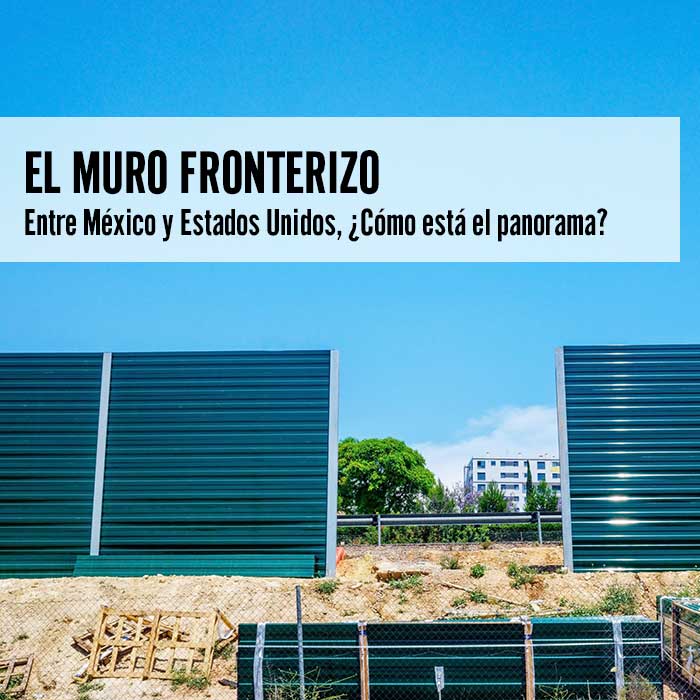
The Border Wall Between Mexico and the United States: What’s the Current Situation?
The border wall between Mexico and the United States is a physical barrier designed to control transit between the two countries. Its construction and expansion have been topics of discussion in various contexts, both for its local impacts and its broader implications.
History and Evolution of the Wall
The establishment of physical barriers along the Mexico-United States border began in the mid-20th century, with fences and barriers installed at specific points. In recent decades, these structures have been expanded and improved, driven by different administrations with the goal of strengthening border control.
You might also like: “United States and El Salvador Sign Agreement to Strengthen Customs Security and Facilitate Trade“
Main Arguments
In favor of the wall:
- Border security: It is considered a measure to strengthen security at the border by attempting to limit the entry of undocumented individuals and the trafficking of illegal substances.
- Migration control: Advocates argue that a physical barrier makes the work of authorities managing border crossings easier.
- Deterrence: The presence of the wall could discourage attempts at irregular crossings in specific areas.
Against the wall:
- Impact on mobility: Some studies indicate that the barrier could affect the lives of communities near the border by limiting daily movement between both sides.
- Limited effectiveness: It is suggested that the wall is not an absolute solution, as people attempting to cross the border might seek alternative routes or resort to other methods.
- Costs: The investment required for its construction and maintenance has been the subject of debate regarding its justification and prioritization of resources.
- Environmental impact: The construction of a physical barrier may have consequences for the local ecosystem, affecting habitats and natural resources.
Implications
The border wall has several implications beyond its primary function of migration control:
- Bilateral relations: The construction of the wall has influenced relations between Mexico and the United States, affecting diplomatic and commercial aspects.
- Human rights: Various organizations have raised concerns about the conditions of migrants and access to services in border areas.
- Impact on local communities: Border communities experience social and economic changes due to physical barriers, affecting their daily dynamics.
- Migration policies: The wall is part of a broader debate on migration policies in both countries, leading to the implementation of additional laws and regulations.
Conclusion
The border wall between Mexico and the United States is a complex issue involving various aspects such as security, migration management, and social, economic, and environmental impacts. Opinions on its construction and effects vary depen
For more information on these topics, visit Paralegal Clases’ social media pages and join our live sessions every Wednesday.
Instagram: @Paralegalclases
Facebook: Instituto Paralegal de las Américas
Youtube: Instituto Paralegal
Tiktok: @Paralegalnews
Tag:Aduana, EE.UU., Muro Fronterizo, USA



